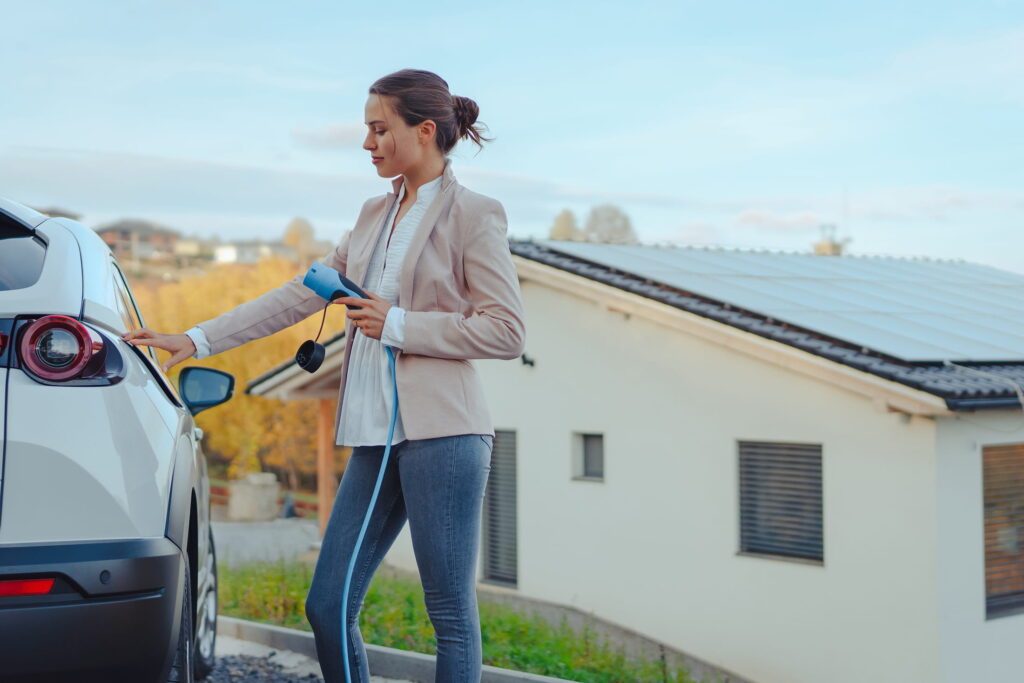In-depth article
The DC Grid
One of the significant differences between the Ferroamp system and other solutions for integrating solar cells, energy storage, or electric vehicle charging into a property’s electrical system is the DC grid.
Reduced Energy Losses
Traditionally, alternating current (AC) is used in properties, which has been natural because AC is supplied from the power grid. However, the development of power electronics over the past 20 years and the introduction of solar cells, energy storage, and electric vehicles have made the benefits of direct current (DC) more evident. Variable speed electric motors, solar cells, and batteries now use DC. Since each conversion back and forth between DC and AC results in energy losses, there is much to gain by connecting these resources to a DC grid to minimize the number of conversions.
The energy flow between the components and out to the surrounding AC grid is controlled based on the voltage levels in the DC grid, allowing for simple settings to control, for example, how and when energy storage should be charged or discharged from solar cells or the power grid.
Ferroamp’s DC grid uses a voltage level of 760V, which results in more efficient use of cables and equipment. The amount of metal used can be reduced by 50-70 percent compared to a corresponding AC grid. With less need for raw materials, the carbon footprint is also significantly smaller, especially in a larger facility with long cable runs.
Open for Future Possibilities
With a DC grid it is easy to expand the facility as needs or technical conditions change, if you for example want to expand the solar cell installation or add batteries. It also opens up possibilities for adding entirely different components in the future.
A large part of the appliances used in the home run on DC. This applies, for example, to LED lighting, refrigerators, laptops, and the batteries in electric cars. Today, they are equipped with their own converters that create energy losses. Connecting them directly to the direct current side would reduce energy losses from solar cells and energy storage. The conversion from the alternating current grid would be more efficient if it took place in a centralized location.
Electric Vehicle Charging with Direct Current
In the Ferroamp system, electric vehicle charging currently occurs with AC, which is converted by the car’s onboard charger to DC. In the long term, it will be possible to charge more efficiently by connecting the electric vehicle charger directly to the DC grid, making it possible to charge at a higher power as the capacity of the onboard charger does not limit it.



